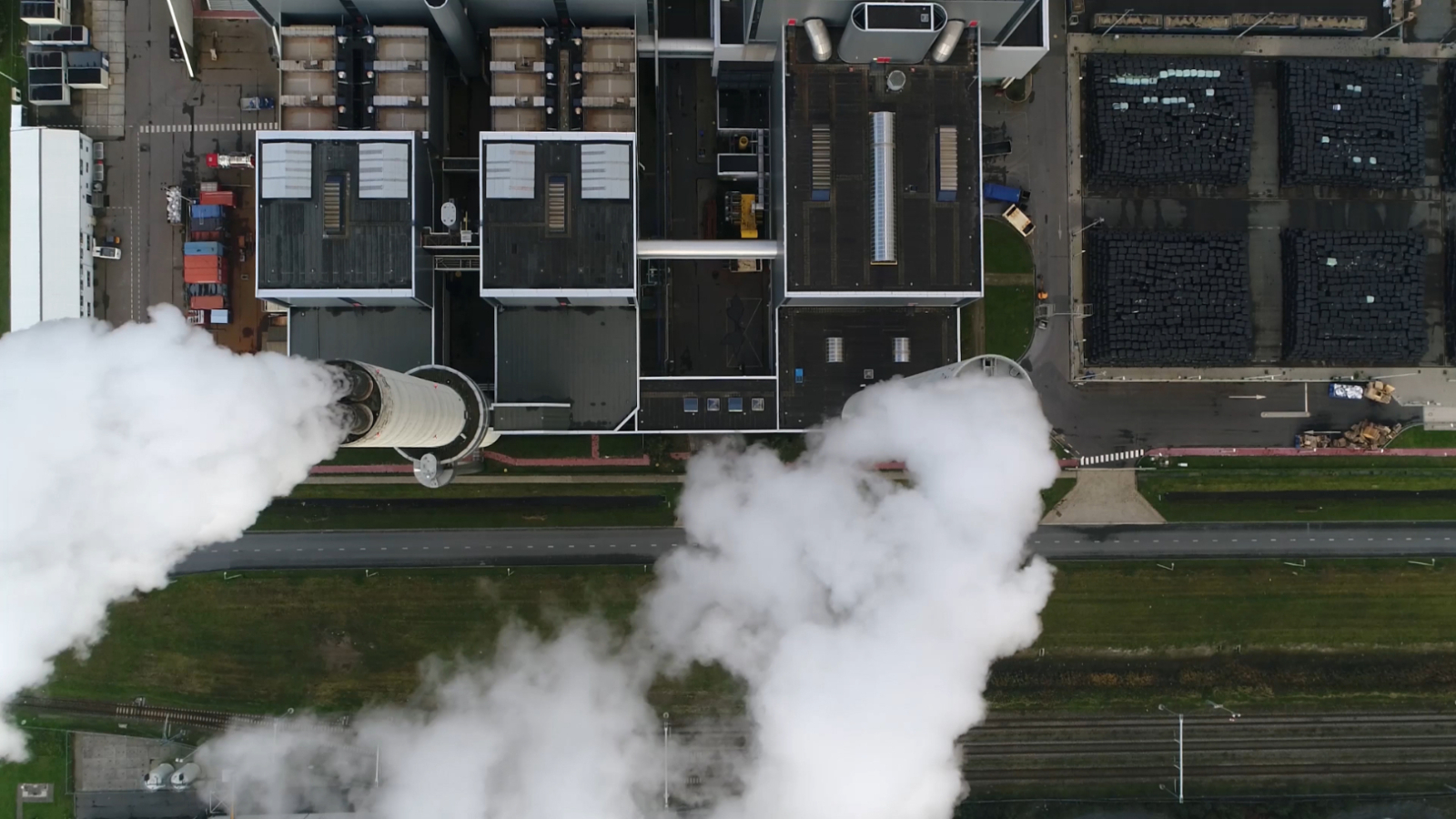
Analysis: Emissions in 2022 were lower than feared but higher than ever
NZI takes a deep dive into the International Energy Agency’s 2022 carbon emissions report
Several factors threw the global energy transition into disarray throughout 2022.
Gas and electricity costs were rising, energy security was back under the policy spotlight and extreme weather in many parts of the globe exacerbated the energy demand problem.
Therefore it is no surprise that the International Energy Agency’s official reading of the state of emissions in a historically unprecedented year was the subject of ardent anticipation.
The headline message from the IEA’s 'Co2 Emissions in 2022' report is that emissions in 2022 were 'lower than feared, higher than ever'.
Total energy-related emissions were estimated at 36.8 Gt, a growth rate of 0.9% year-on-year. 423Mt of that came from energy combustion while 102 Mt was attributed to industrial production.
These are historical highs. Yet, the IEA’s report seemed cautiously optimistic about the fact that emissions growth was 'well below' GDP growth, an empirical observation that it said amounted to 'reverting to a decade-long trend of decoupling emissions and economic growth that was broken by 2021’s sharp rebound in emissions'.
Headline message aside, the report sheds light on some crucial pieces of the global transition puzzle:
Europe
Perhaps the most anticipated status report was the European one. The Russian invasion of Ukraine and the geopolitical fallout had exposed Europe’s energy supply vulnerabilities.
Some feared that the spectre of weaponized energy markets had made the allure of fossil-fuel based short term fixes inherently unavoidable.
The key threat being that European economies would switch the coal lights back on and emissions would soar, at least for now. Europe also had other problems: extreme weather affected power supply and some of its nuclear power plants went offline.
Despite all this, the IEA says Europe managed to reduce its carbon footprint by 2.5%. The list of reasons includes “a mild winter, effective energy conservation measures, fuel switching, behaviour changes, and industrial production curtailments”.
Renewables played a role too. Solar and wind witnessed a 15% increase in power generation. These two sources are now the leading sources of Europe’s electricity generation.
What some experts had predicted turned out to be true – in the face of an energy crisis, renewables were seen as the solution not the problem.
“Countries responded to the high energy prices and energy security concerns caused by Russia’s invasion of Ukraine with energy conservation measures, fuel switching, and an acceleration of clean energy technology deployment”, the report says.
China
Secondly as the adage goes, “when China sneezes, the world catches a cold”. This is true in the context of China’s transition too. Over 60% of its electricity still comes from coal, phasing out coal power plants remains a largely unanswered question and it is the world’s second largest consumer of oil.
On the flip side, 70% of the world’s electric vehicle battery manufacturing happens in China and it has added more solar capacity on an annual basis than any other country. China matters for the global transition and vice versa.
The IEA’s numbers say that China’s emissions were “relatively flat”. They declined by just 0.2%. To a large extent this seems to have been driven by declines in industrial and transport emissions.
The country witnessed a growth slowdown and Beijing’s attempt to curb the virus arguably affected how many goods and people moved around.
Countries responded to the high energy prices and energy security concerns caused by Russia’s invasion of Ukraine with energy conservation measures, fuel switching, and an acceleration of clean energy technology deployment.
While industrial emissions declined, these served to offset the increase in emissions from energy combustion, driven by higher use of coal. It was the first time since 2015 that such a decline in emissions has been observed.
The IEA concluded, “as a result, China’s industry sector emitted 161 Mt less than the year before, with a large share of this decline from process emissions. China’s unprecedentedly large year-on-year decline pulled down global industry emissions”.
Extreme weather
Lastly, the report highlighted the association between emissions and extreme weather events. According to the IEA’s data, a fifth of the global increase in carbon emissions came from increases in cooling and heating demand. 60Mt of emissions came from efforts to meet that demand.
Summer heat waves increased the associated emissions from US and China while a warmer winter reduced emissions from Europe. In addition, when heating or cooling demand increases, there seems to be a tendency to switch the fossil fuel tap back on. The largest slice of the emissions pie, in 2022, was driven by extreme weather.
“In particular, global emissions from coal-fired electricity and heat generation grew by 224 Mt or 2.1%, led by emerging economies in Asia”, the IEA concluded.




